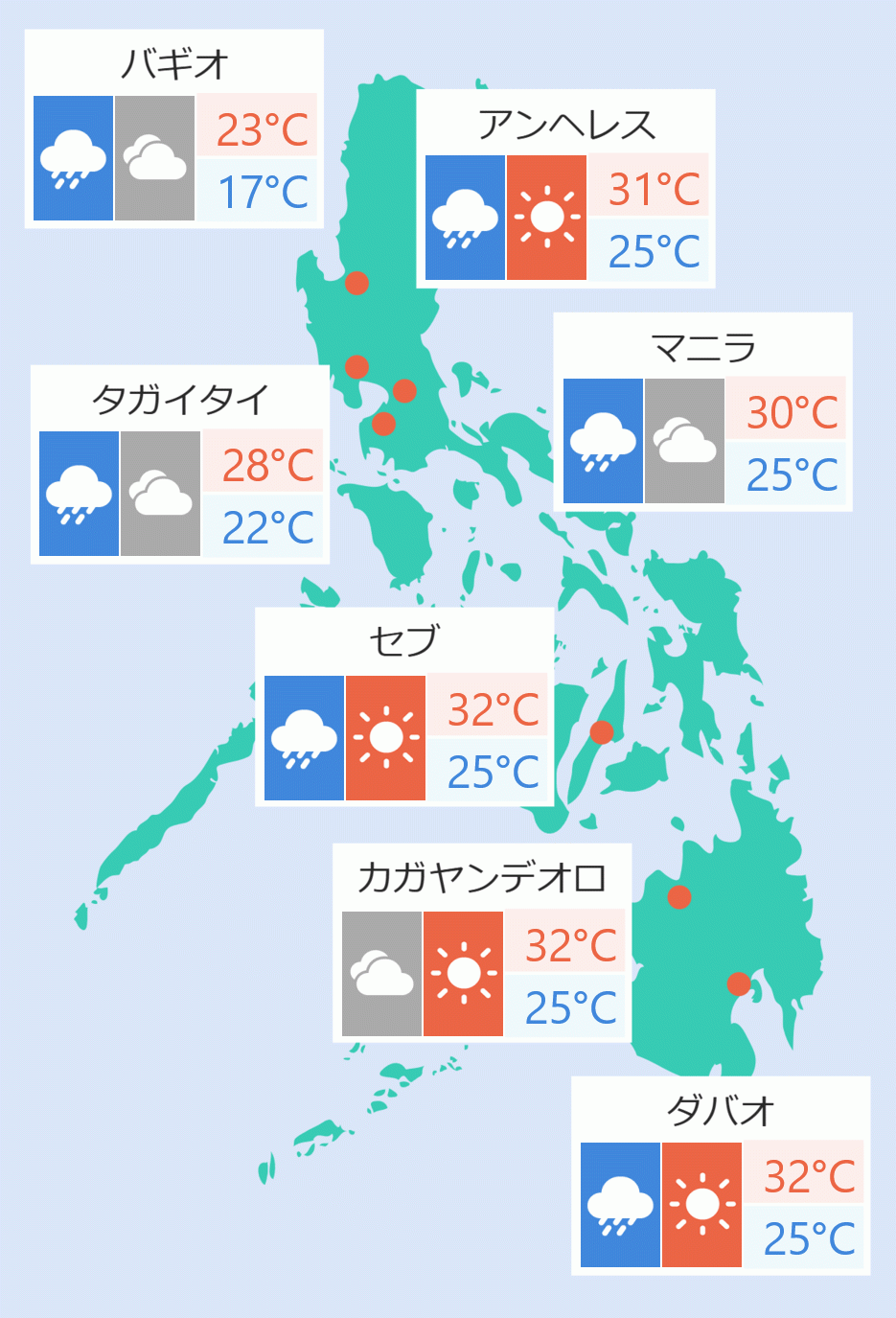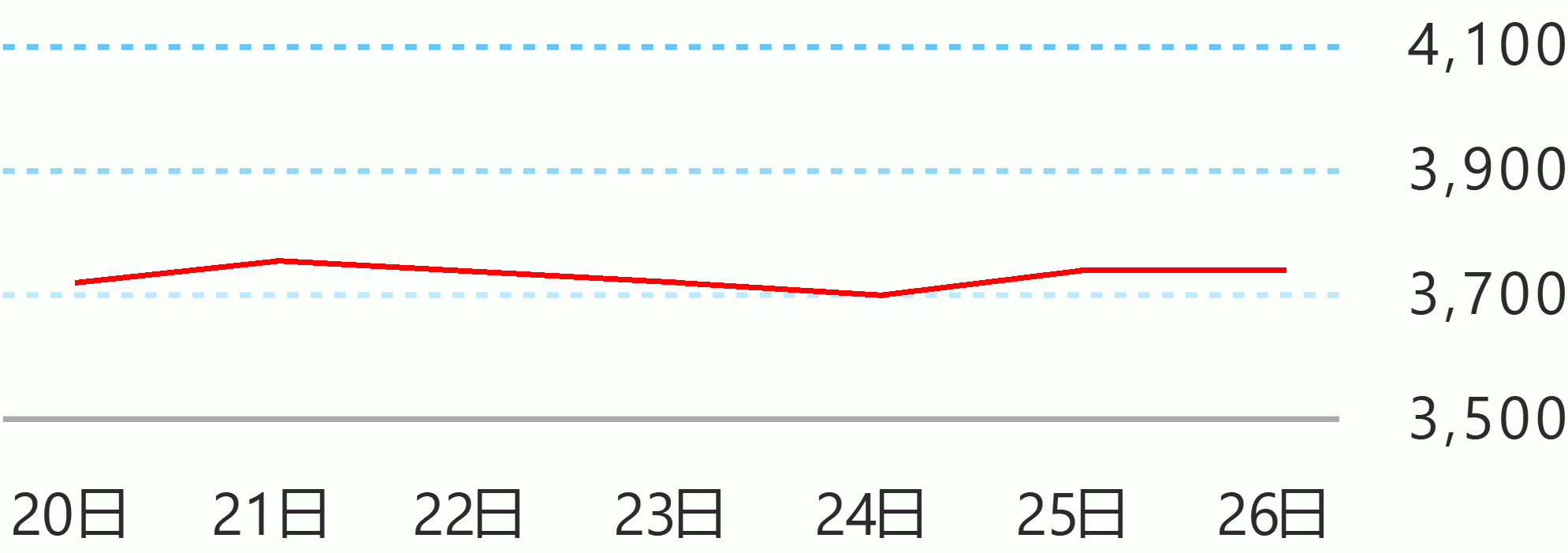The government is eyeing more sectors and industries to open in Metro Manila even if it remains under the general community quarantine, Malacanang said on Monday.
This was after the Metro Manila mayors have proposed to the Inter-Agency Task Force for the Management of Emerging Infectious Diseases to further extend GCQ classification in the National Capital Region to contain the spread of coronavirus disease.
"Apparently that's the consensus being eyed, but, of course, I cannot preempt because it is a collegial decision. But what is happening now, even if Metro Manila is under GCQ, we are opening more industries," Presidential Spokesperson Harry Roque said in a televised press briefing.
The IATF is the body tasked to come up with a recommendation on the quarantine classifications in various parts of the country. President Rodrigo Duterte gives the final decision.
In the "Laging Handa" press briefing, Trade Secretary Ramon Lopez said even if Metro Manila would continue to remain under GCQ, the government would continue to further open the economy.
"Even if we are under GCQ for as long as we can reopen our economy, I think it will already be reasonable. What is important is for the workers to go back to their work...even if we don't shift yet to MGCQ (modified general community quarantine), at least we can say that most of the people have already returned to their work," he said.
While the government is trying to open the economy, Lopez said the Duterte administration is still encouraging the work from home arrangement, the staggered shifts of work, and and only the authorized persons outside of residence are exempted from the curfew.
Under GCQ, the sectors that are not yet allowed to operate are the cinemas and live entertainment, among others.
Lopez said roughly around 95 percent of the sectors are technically allowed to operate.
Meanwhile, on the decision of the IATF to ease the age range of those who are allowed to go out from their homes amid the quarantine protocols, Roque said it was based on the case fatality rate of various ages.
He noted that from zero to five year old, the case fatality rate was one percent; six to 20 years old, 0.3 percent; and 30s to 60s were "even much lower."
He said the highest case fatality rates were 66 to 70 years old, 9.48 percent; 71 to 75 years old, 12.35 percent; 76 to 80 years old, 15.05 percent.
The IATF is now allowing persons from 15 to 65 years old to go out. But the Metro Manila mayors have decided the age cap to be between 18 and 65 years old. Celerina Monte/DMS





 English
English









